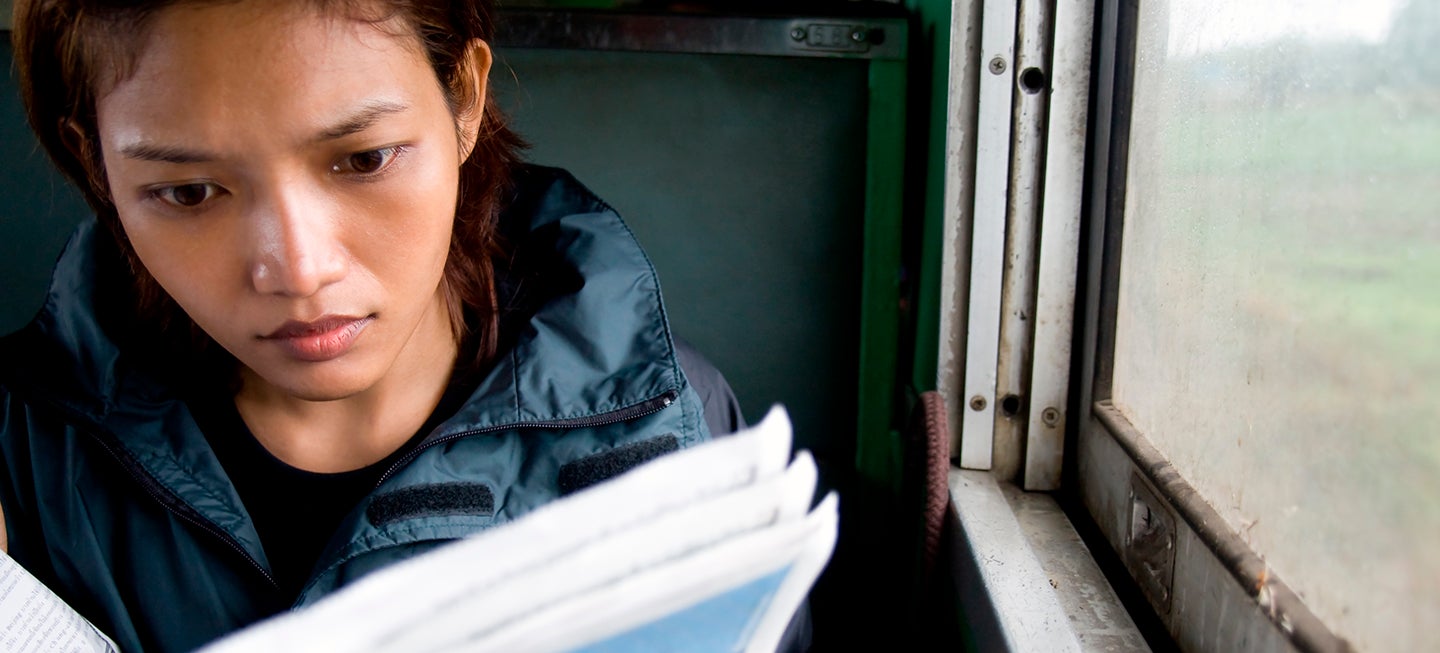In an interview in 1996, Steve Jobs defined creativity as the ability to combine diverse experiences and perspectives to produce something new and interesting:
“Creativity is just connecting things…[Creative people are] able to connect experiences they've had and synthesize new things. And the reason they [are] able to do that [is] that they've had more experiences or they have thought more about their experiences than other people...Unfortunately, that’s too rare a commodity…The broader one's understanding of the human experience, the better design we will have.”
This type of creativity and sensitivity to human experience was on full display last month at Digital Promise’s Adult Learning Design Challenge. But unlike Steve Jobs’ model, where an individual synthesizes the diversity of his or her own experience into a new and cogent whole, the creativity was communal. It was the result of people of diverse backgrounds—educators, program managers, coders, designers, and entrepreneurs—coming together to solve one of the biggest educational challenges of our time.
The sheer magnitude of the adult education challenge (36 million adults in the United States and 780 million worldwide lack basic literacy skills) can often obscure its human element. Low-literacy adults have families, work hard, and often struggle to make ends meet. They face shame in not being able to engage with the texts many of us need to read to participate fully in society and in the economy. And they often can’t read books to their children or help them with their homework.
Participants in the Design Challenge showed a moving degree of sensitivity to the difficulties faced by adult learners, and to the human component of those challenges. Teams came up with designs for solutions ranging from helping learners share childcare responsibilities so fellow classmates could attend lessons, to translation software for English language learners, to social networks for students and educators, and educational games and learning tools that help track student performance.
In all these cases, the creative solutions were the result of collaboration among people whose experiences with adult learners are as diverse as the learners themselves. That variety generated points of view that were sensitive to learners’ lives, while breaking away from traditional educational approaches.
Such collaborations can create new and exciting solutions for adults who more often than not are underserved by traditional educational institutions. These collaborations can take the best of what we already know about educating low-literacy adults and apply breakthrough technologies to tackling this problem. These collaborations prove that creativity is not “too rare a commodity” in adult education—it is there among the teachers, tutors, developers, designers, engineers, entrepreneurs and programmers who spend countless hours thinking of how to improve the lives of low-literate adults.
Getting these diverse parties to work together is the first step in coming up with a solution to this Grand Challenge.
Shlomy Kattan is Senior Director of the $7M Barbara Bush Foundation Adult Literacy XPRIZE presented by Dollar General Literacy Foundation.
